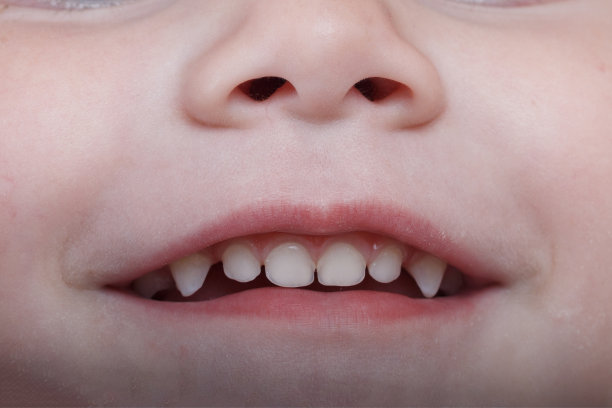The Importance of Understanding the Process and Aftercare When You Need to Extract a Tooth
Summary: Understanding the process of tooth extraction and the significance of aftercare is essential for anyone facing this procedure. Tooth extractions, although common, can lead to a number of complications if not properly followed through with care. This article discusses the extraction process, outlines the expected recovery phases, highlights the importance of aftercare, and emphasizes preventative measures to avoid future dental issues. With a clear understanding of these aspects, patients can navigate the extraction experience more smoothly, reduce their anxiety, and ensure optimal healing. The right approach to aftercare not only aids recovery but also promotes long-term oral health.
1. The Tooth Extraction Process Explained

Understanding the tooth extraction process begins with grasping the reasons that may necessitate such a procedure. Common reasons include severe tooth decay, infection, or overcrowding. Dental professionals typically evaluate the condition of the tooth through X-rays and physical examinations to determine the best approach for extraction.
The extraction itself can be performed under local anesthesia, sedatives, or general anesthesia, depending on the tooths complexity and the patients comfort level. Awareness of the anesthesia used is crucial for patients; knowing how it works can ease anxiety about the procedure.
Once the anesthesia takes effect, the dentist will loosen the tooth and remove it from its socket. Post-extraction, it is essential for patients to adhere to the dentists instructions for optimal outcomes and minimal discomfort.
2. What to Expect During Recovery
The recovery process after tooth extraction generally unfolds in stages. Initially, patients may experience swelling, pain, and bleeding, which are normal symptoms post-surgery. Controlling these symptoms with prescribed medications and ice packs is vital in the immediate hours following the extraction.
As recovery progresses, patients should anticipate a gradual reduction in pain and swelling. However, the first few days are critical. Eating soft foods and staying hydrated contribute significantly to a smoother recovery experience. Its advisable to avoid consuming hot beverages or spicy foods, which can exacerbate discomfort.
By the end of the first week, many patients find significant improvement, but healing continues for a few weeks. Understanding the timeline of recovery helps manage expectations and encourages adherence to follow-up appointments for proper check-ups.
3. The Importance of Aftercare
Aftercare is perhaps the most critical component following a tooth extraction. Proper care helps prevent complications such as dry socket, infection, or prolonged bleeding. Following the dentists instructions for care, including what to eat and how to clean the mouth, is essential.
Maintaining oral hygiene is crucial but must be done carefully to avoid disturbing the extraction site. Gentle rinsing with warm salt water can aid healing while keeping food particles at bay. Additionally, avoiding smoking and alcohol consumption aids recovery greatly by reducing irritation in the mouth.
Moreover, pay attention to any unusual symptoms. Increased pain, persistent bleeding, or swelling can indicate complications. If these arise, contacting a dental professional promptly can prevent further issues and ensure a smoother recovery.
4. Preventing Future Dental Issues
Understanding the extraction process and aftercare not only aids in immediate recovery but also serves as a reminder of the importance of preventative dental care. Regular dental check-ups can help detect problems before they necessitate extraction, thereby preserving natural teeth.
Practicing good oral hygiene—brushing, flossing, and using mouthwash—can significantly reduce the risk of tooth decay and gum disease, both of which may require extraction. Additionally, maintaining a balanced diet can promote oral health, reducing the likelihood of future dental problems.
Considering protective dental measures, such as sealants or fluoride treatments, can also be beneficial, especially for children and teenagers whose teeth are still developing. Investing in dental education and awareness can avert the need for future extractions and champion lasting oral health.
Summary:
The understanding of the tooth extraction process and the subsequent importance of aftercare is paramount for anyone needing this common dental procedure. A thorough comprehension of what to expect during extraction, recovery, and preventive measures can streamline the experience and minimize discomfort. Following aftercare instructions is pivotal to ensure healing and avoid potential complications.
This article is compiled by Vickong Dental and the content is for reference only.



